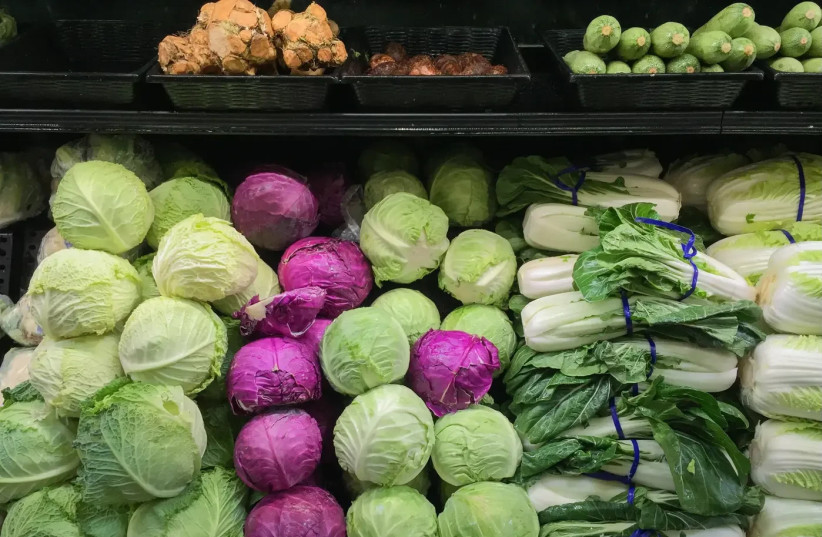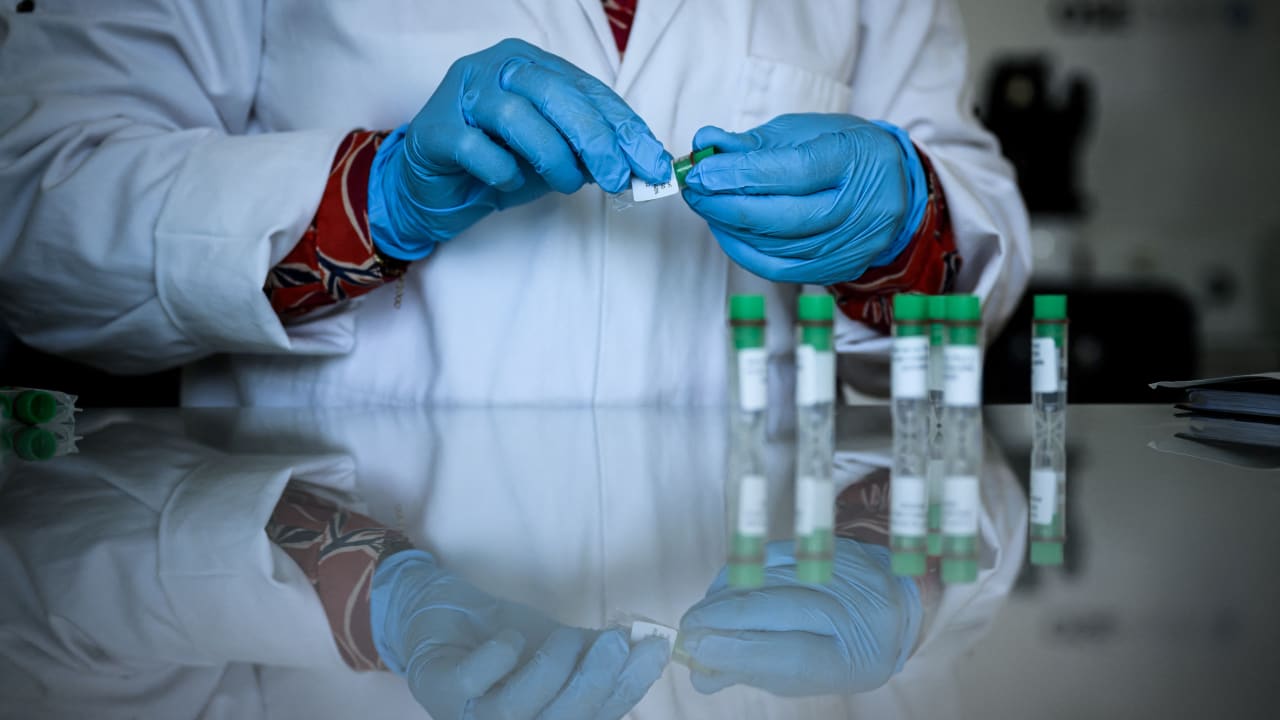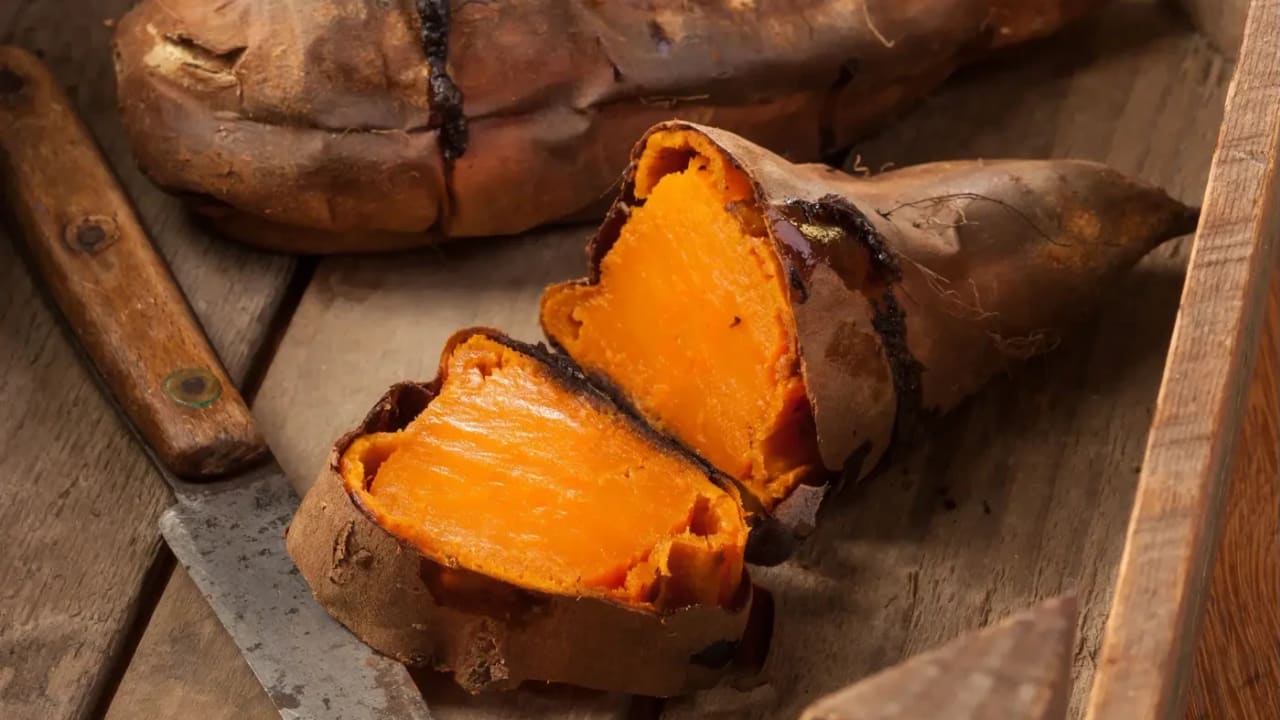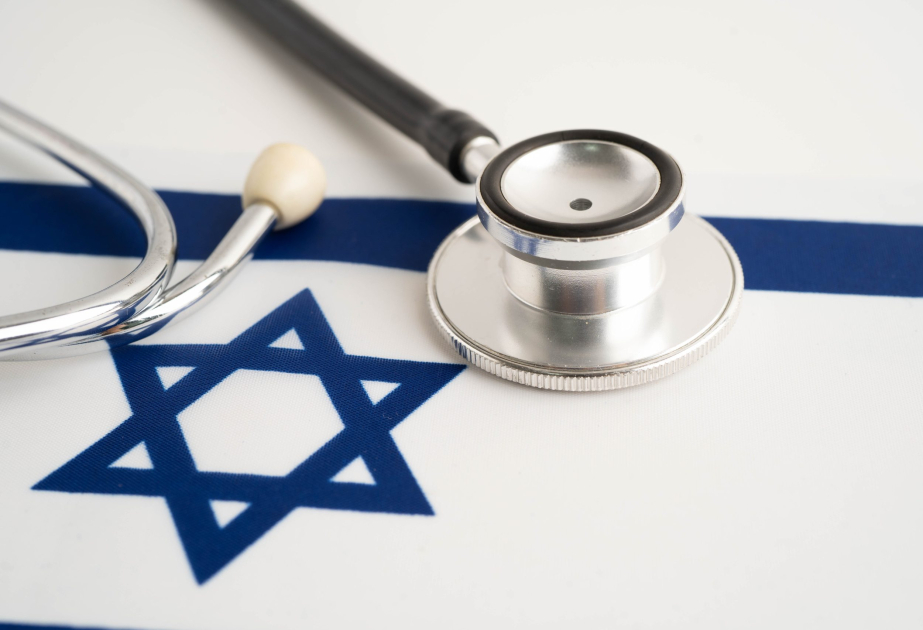Jerusalem Post
ByDR. MAYA ROSMAN
Cabbage is one of the healthiest, cheapest, and most filling vegetables. Here is everything you need to know about the vegetable that can also slow cancer.
If there is one vegetable that is always in my fridge, lasts a long time without spoiling, costs little, and is still considered one of the healthiest, it’s cabbage. A seemingly simple vegetable, yet packed with nutritional benefits. Beyond being filling, low in calories, and contributing to especially slow digestion – it turns out it also has scientifically proven cancer-preventing potential.
As the scientific advisor of the Plant Council, I am expanding for you on all the benefits of cabbage you shouldn’t miss – what to do with it and how to store it.
Low Calories – Many Benefits
100 grams of fresh cabbage provide only about 25 calories, but include quality dietary fiber, a good amount of vitamin C, vitamin K, folic acid, manganese, potassium, and sometimes even a surprising amount of calcium – especially in Chinese cabbage (pak choi) and in certain varieties of cooked green cabbage.
Purple cabbage also contains higher amounts of polyphenols and antioxidants, mainly from the anthocyanin family – the pigments that give it its deep color, which have anti-inflammatory and anti-cancer activity.
In addition, when eaten raw, especially finely grated without added oil, cabbage stays in the stomach for a long time and digests slowly. Thanks to its fiber content and coarse fibrous structure, it contributes to a long-lasting feeling of satiety, even more than other vegetables – a particularly important trait in a diet.
One of cabbage’s biggest advantages is its durability: It can last many days in the fridge without losing its shape or qualities. A whole cabbage can keep for two weeks, and under good conditions – even a month.
Cabbage Against Cancer
Cabbage belongs to the cruciferous family (along with broccoli, cauliflower, kale, and more), which is associated with an active compound called sulforaphane. In recent studies, sulforaphane was found to inhibit the growth of cancer cells and promote mechanisms that destroy damaged cells.
A study published in the International Journal of Cancer found that increased consumption of cruciferous vegetables, particularly cabbage, was associated with an 18% reduction in stomach cancer risk.
Another study, published in Cancer Epidemiology, Biomarkers & Prevention, found that purple cabbage consumption was linked to a reduced risk of breast cancer in postmenopausal women.
Also, in the large European EPIC project, funded by the European Union and published in The Lancet Oncology, it was found that women who ate cabbage three times a week or more had a reduced risk of colon cancer.
A Surprising Source of Calcium
Although it is not considered a classic source of calcium like dairy products, cabbage actually has better calcium absorption in the body. According to a study published in the American Journal of Clinical Nutrition, the absorption of calcium from cooked green cabbage is higher than from certain dairy products.
In addition, cabbage does not contain high amounts of oxalic acid (which inhibits calcium absorption), so it actually contributes more to bone health.
Green or Purple Cabbage – Which Is Better?
The advantage of green cabbage is that it contains more vitamin K and folic acid, and sometimes slightly more calcium.
Purple cabbage wins in terms of antioxidants – the anthocyanins it contains are a powerful anti-inflammatory component that also helps protect blood vessels, brain cells, and the heart.
A study in Antioxidants found that the anthocyanins in purple cabbage, which make it so purple, are not just pigment – but powerful antioxidants. The researchers found that in human cell experiments, extracts from purple cabbage reduced inflammation markers and inhibited fat oxidation – processes linked to the development of cardiovascular disease. The researchers emphasize that the deeper the purple color, the higher the anthocyanin concentration, so it is worth eating it fresh and in full color to enjoy the optimal effect.
Therefore, it is best to diversify and eat both – green and purple: Each brings its own benefits.
Cabbage Salad? Only Without Mayonnaise
In ready-made cabbage salads or at restaurants, cabbage almost always comes with dressing – oil, mayonnaise, and sometimes even sugar. A “simple” coleslaw can contain over 300 calories per serving – most of them from the dressing. Therefore, it’s best to opt for homemade cabbage salad – without oil or with just a little olive oil, vinegar, and mustard.
It’s important to note – every teaspoon of oil or mayonnaise hiding in our dish is an extra 50 calories, so a few tablespoons of cabbage salad with mayonnaise, for example, is something that needs to be counted and not treated as “free vegetables” during a diet.
How Can You Eat Cabbage?
• Fresh grated cabbage in a salad – alone or with carrot, pepper, and green onion
• Baked cabbage steak in the oven – seasoned with olive oil, cumin, paprika, and garlic
• Cooked cabbage with tomato paste, vinegar, or spices – a hot, filling, diet-friendly dish
• Steamed cabbage with chickpeas or lentils – a rich vegetarian dish
• German-style – cooked purple cabbage with apple, balsamic vinegar, and caraway seeds
One of the healthiest ways is to eat sauerkraut – especially naturally fermented, as it is considered a natural probiotic food, contributing to gut microbiome balance and digestive health. In addition, it is low in calories, rich in fiber – and upgrades any sandwich or salad.
The fermentation process increases vitamin availability, produces healthy lactic acid, and sometimes even improves calcium and iron absorption. It’s important to choose sauerkraut without preservatives and without industrial vinegar, but one that was naturally fermented – or make it at home.
Tip: If you chop the cabbage in advance, know that its nutritional value remains – except for vitamin C, which partially breaks down when exposed to oxygen and light. Therefore, it’s best to cut it close to eating, or store it in a closed container.



















